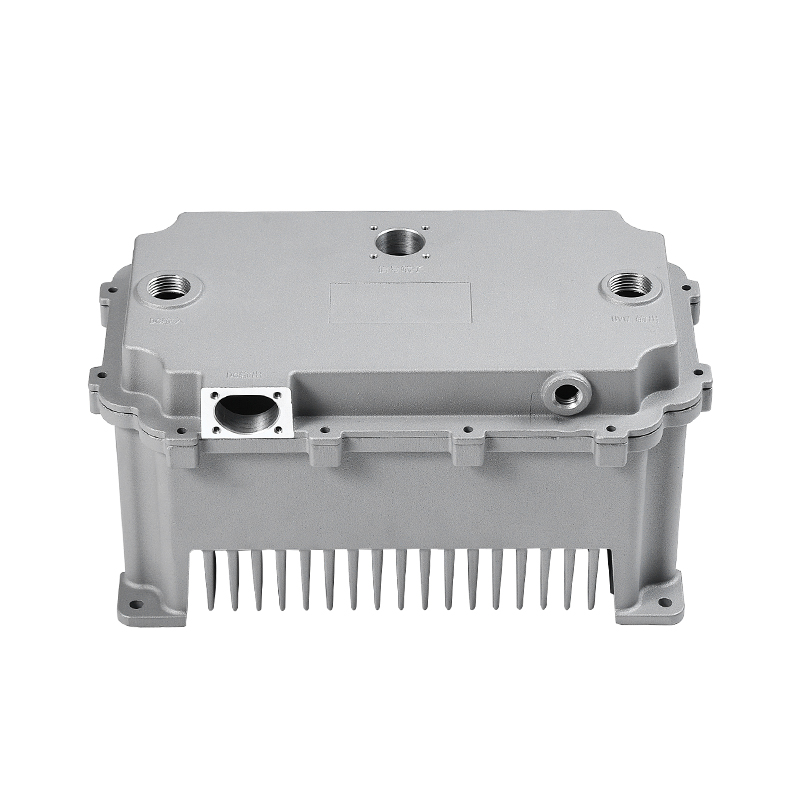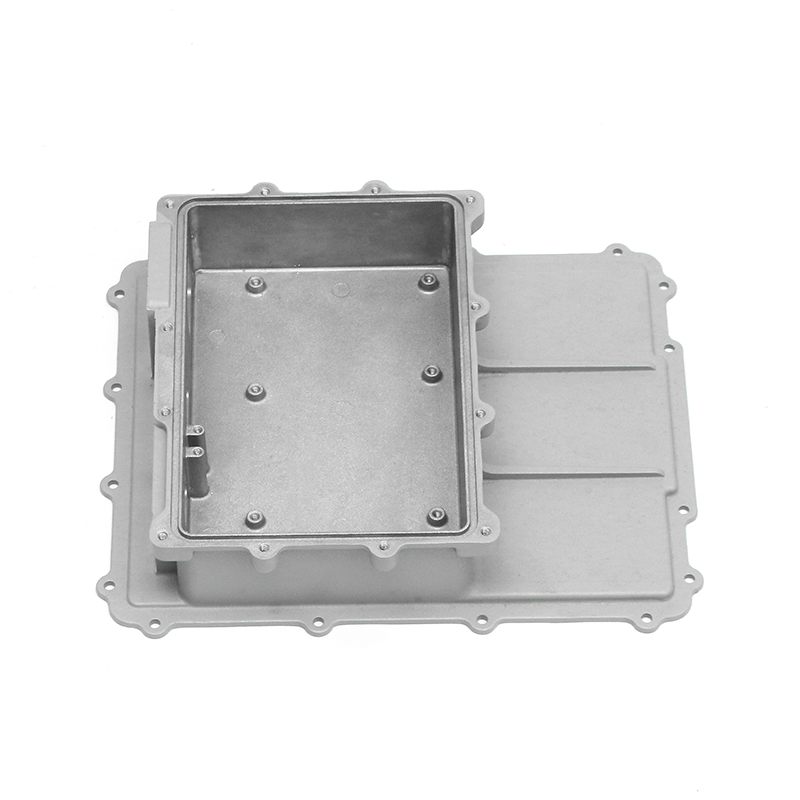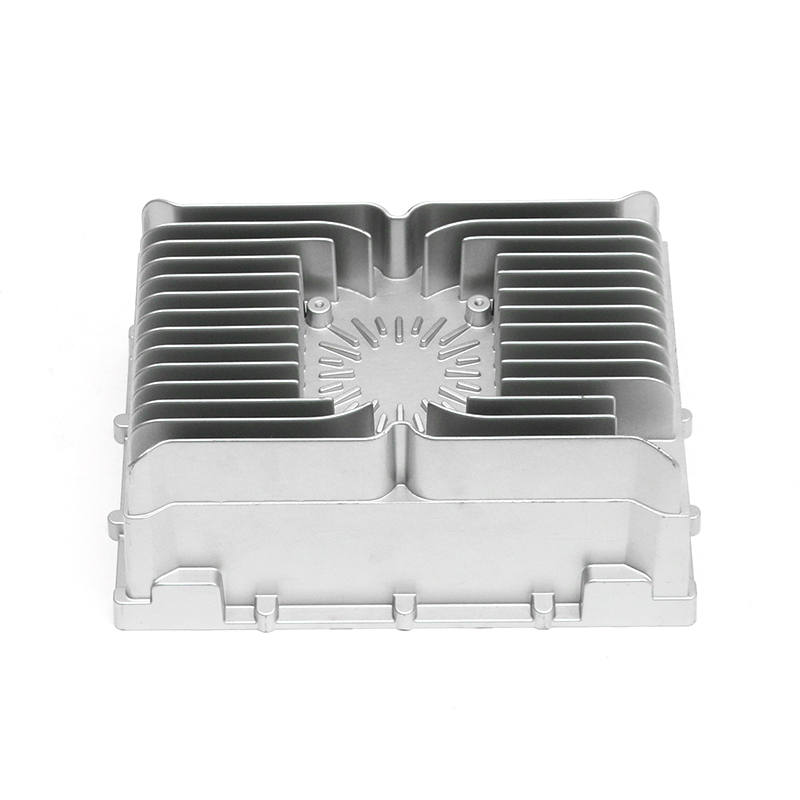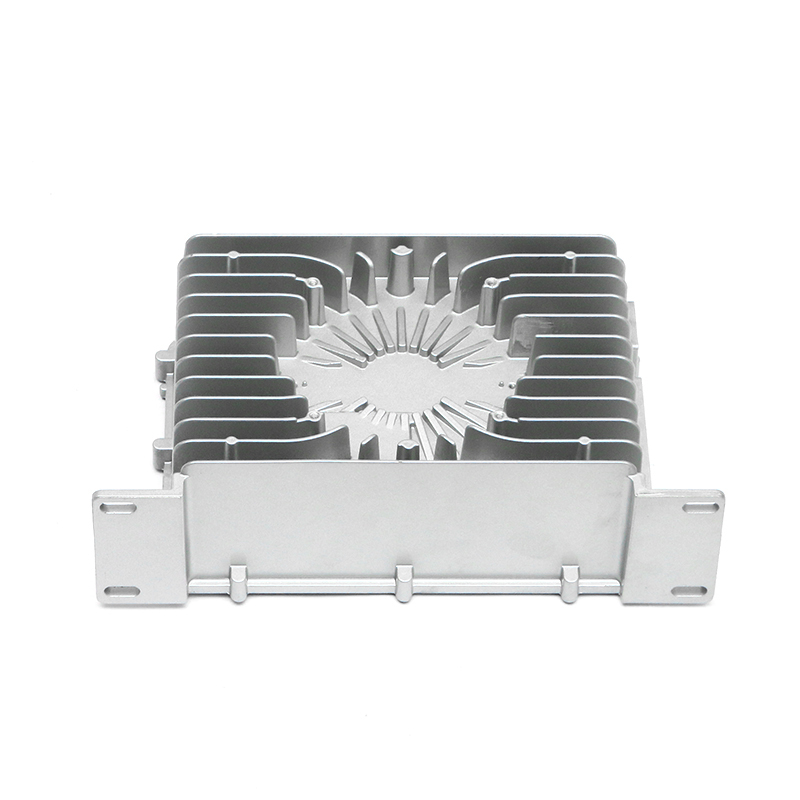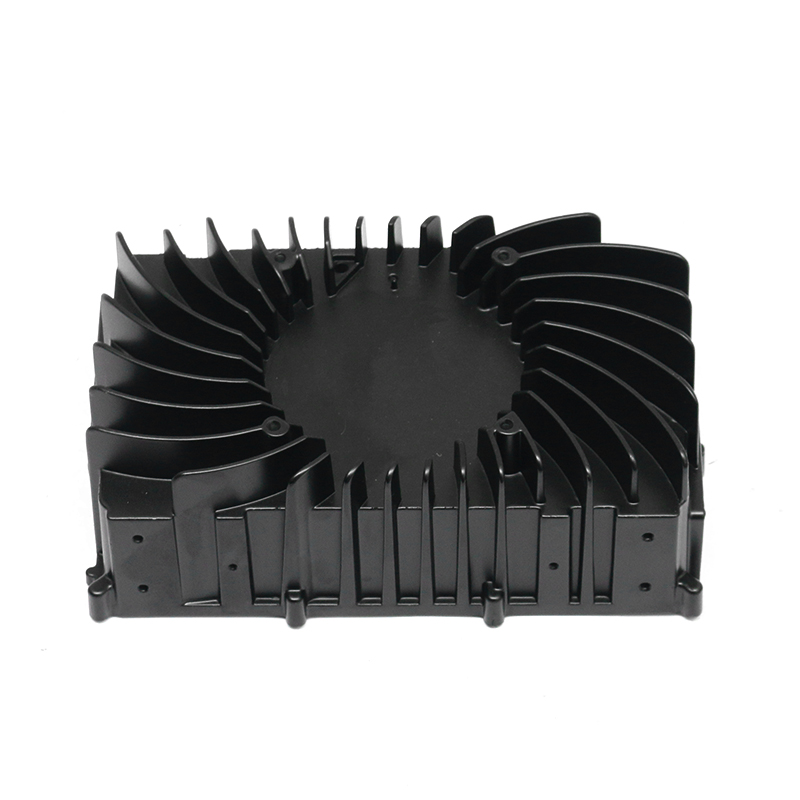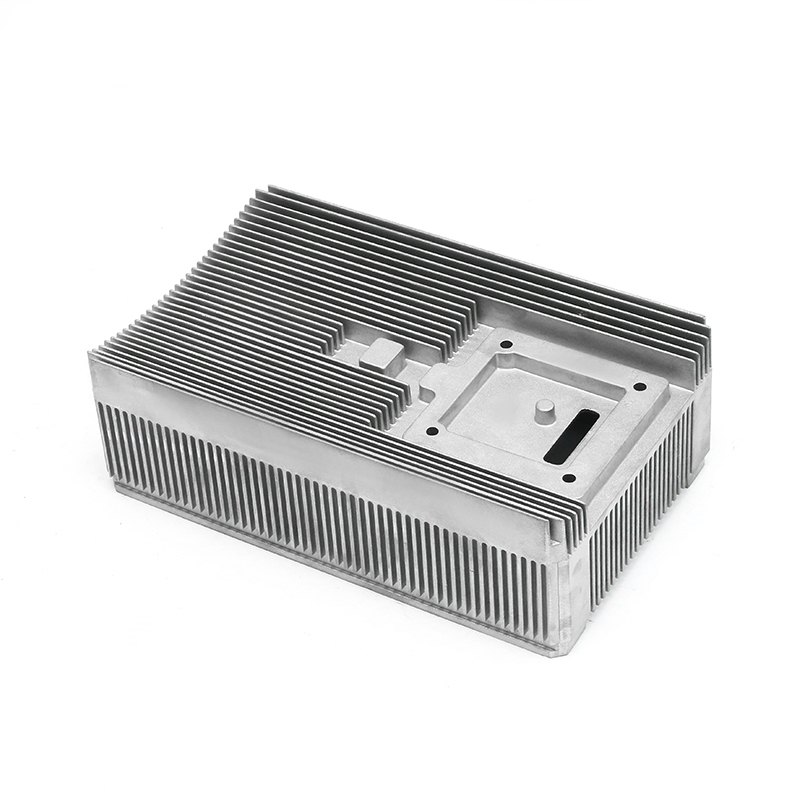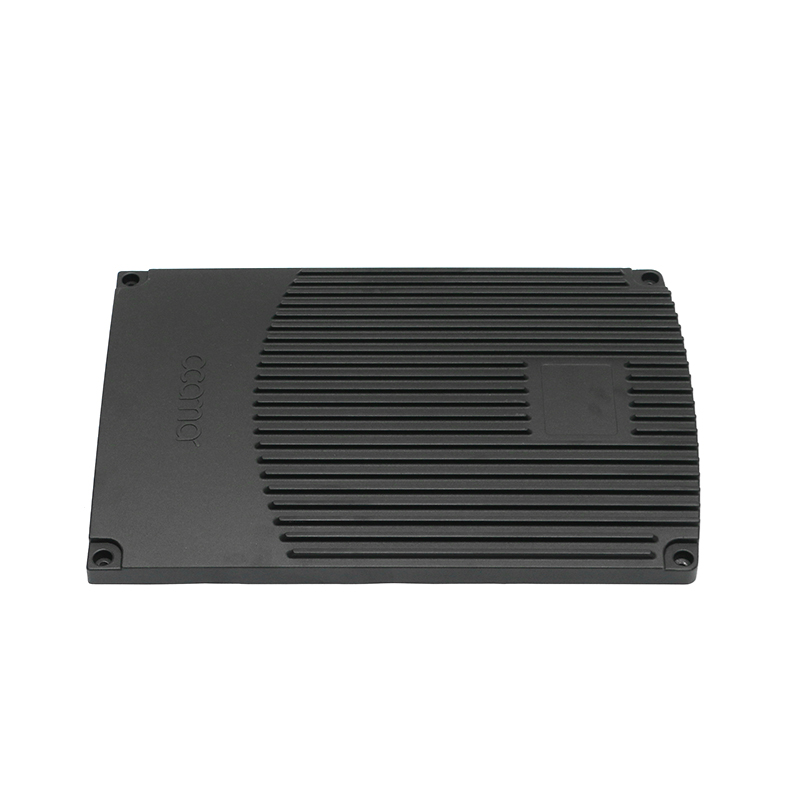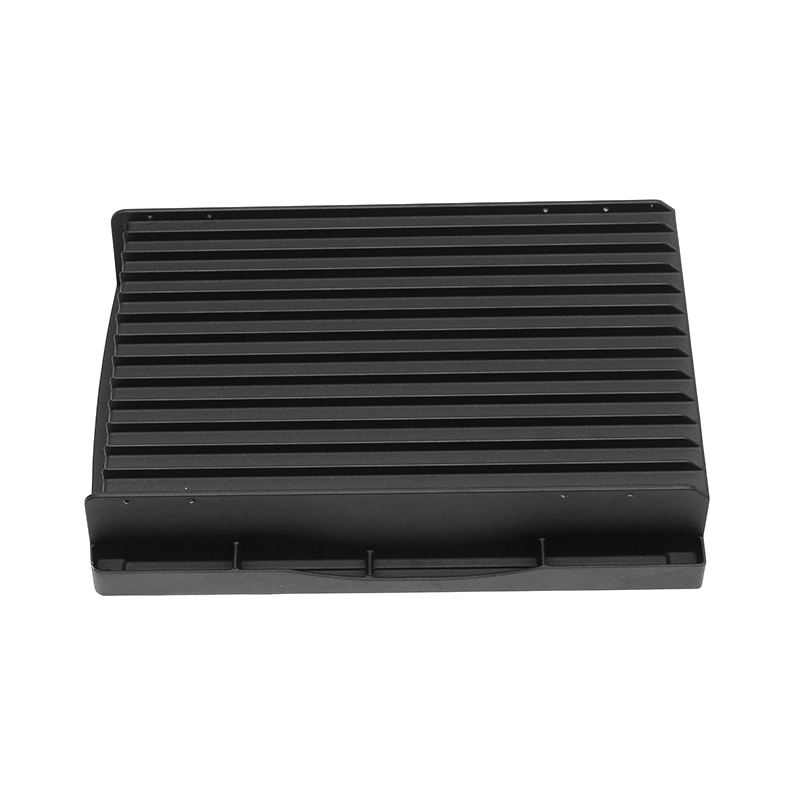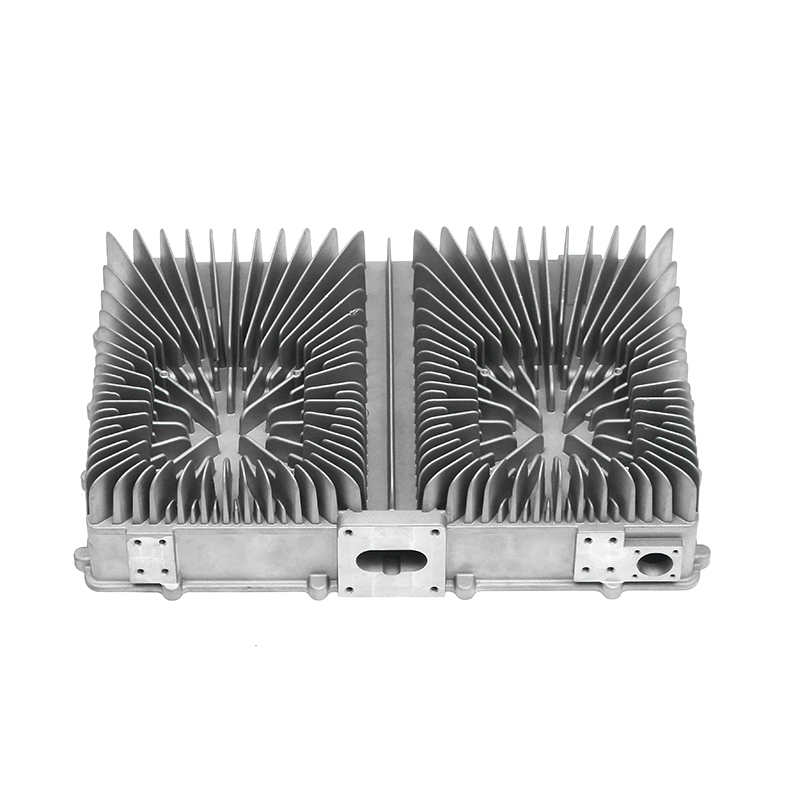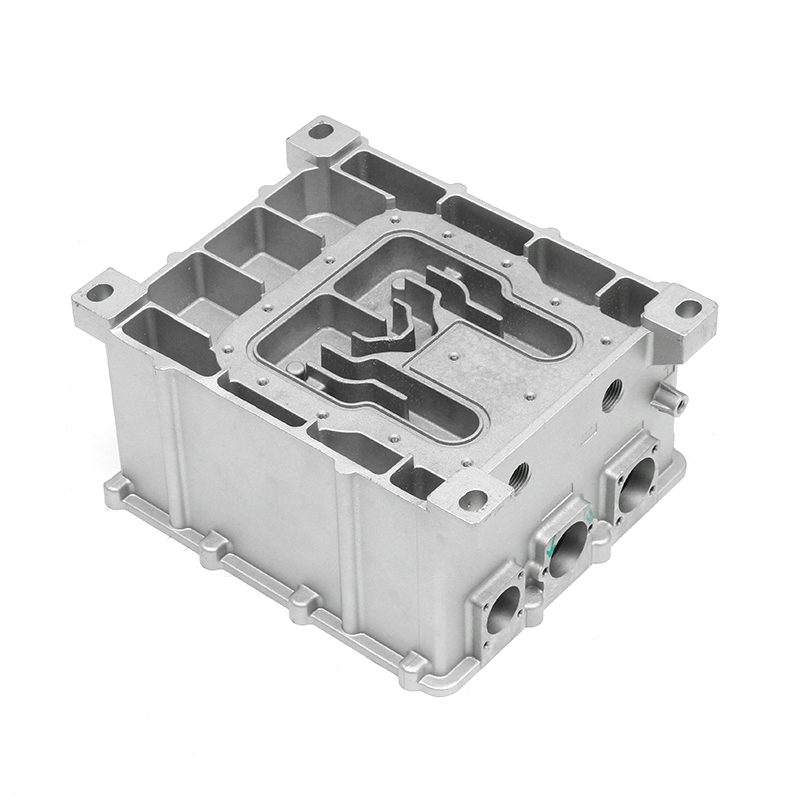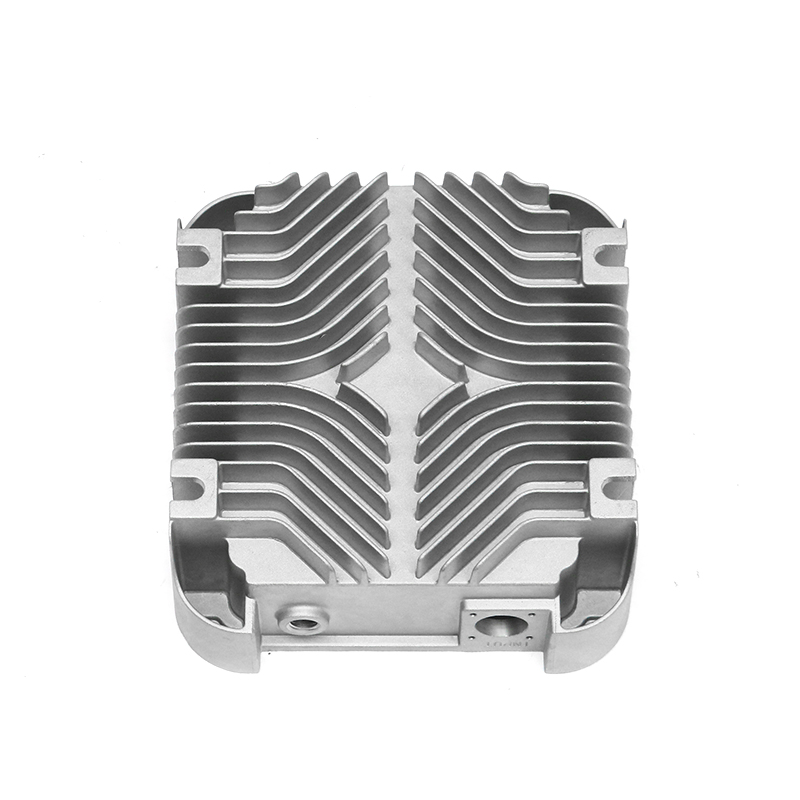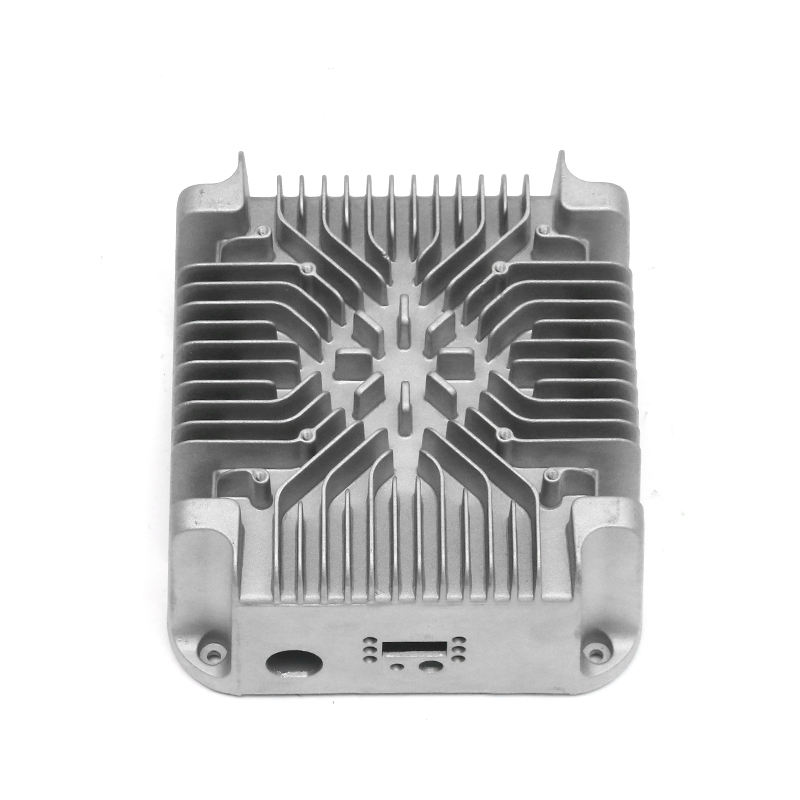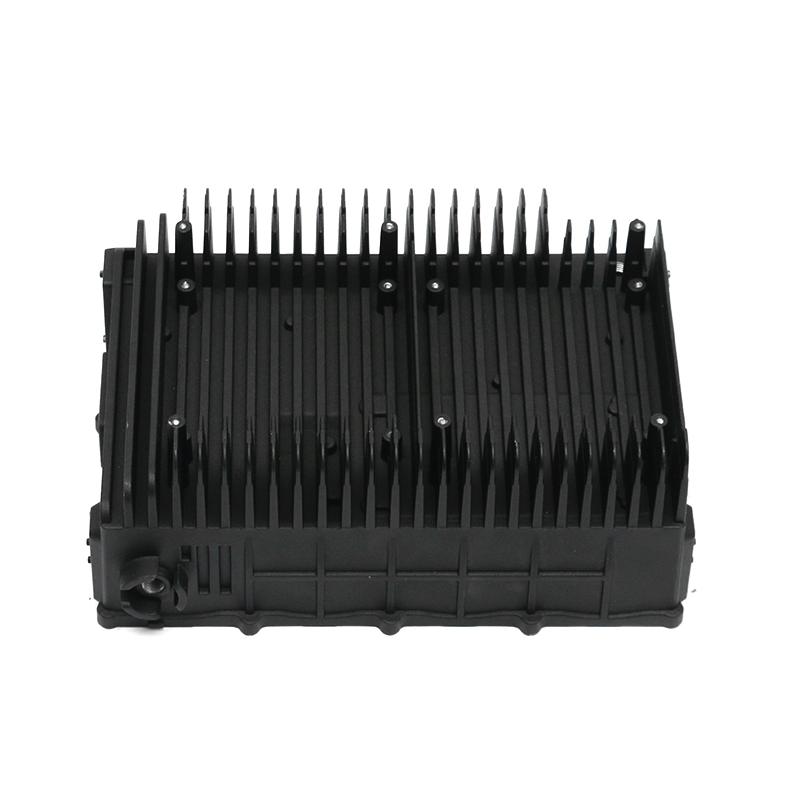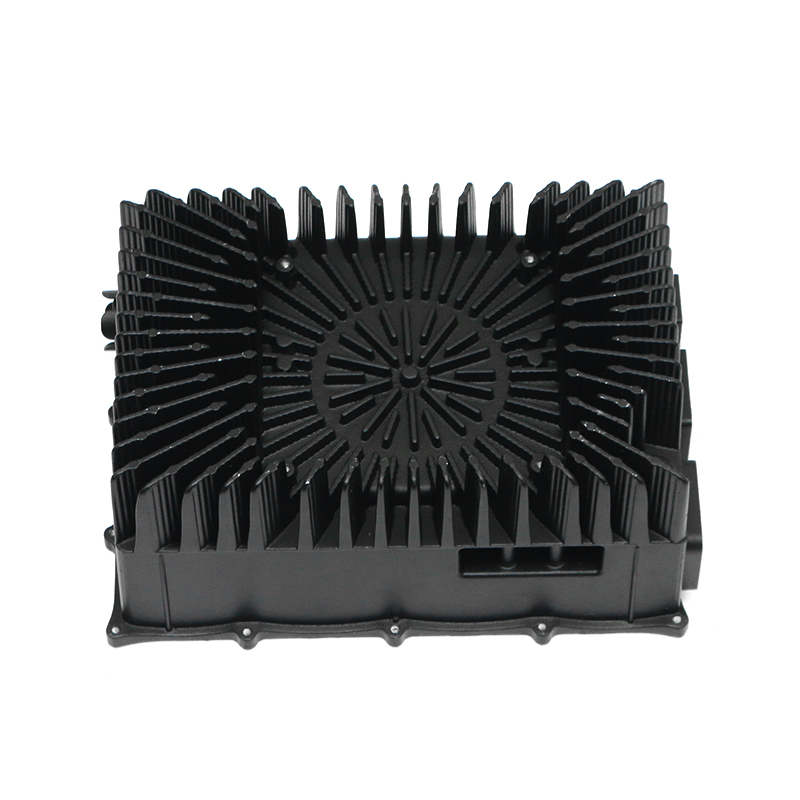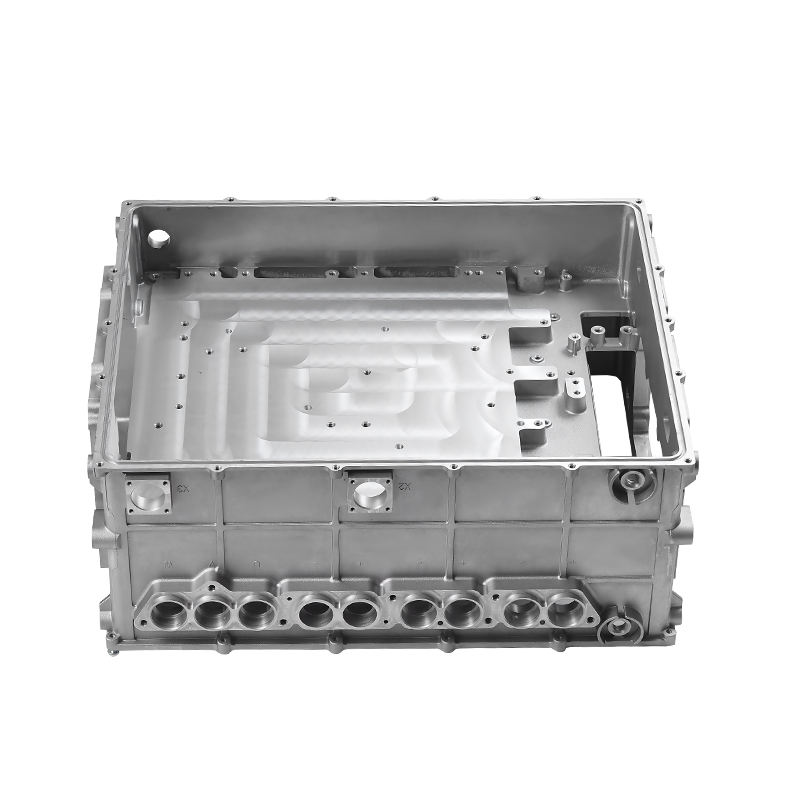Anodizing technology is an important and commonly used method for the surface treatment of new energy motor housing die castings in new energy motor housing die casting. The anodizing process is detailed and complex. It can form a dense and hard aluminum oxide film on the surface of the motor housing, significantly improving the corrosion resistance, wear resistance and decorativeness of the housing.
Preliminary preparation
Cleaning and degreasing: Place the die casting in a dedicated cleaning equipment and use a cleaning agent or degreasing agent to thoroughly remove oil, grease, dust and other impurities on the surface. This step is crucial because any residue may affect the formation and quality of the subsequent anodized layer.
Alkali washing and polishing: After cleaning, the die casting needs to be alkaline washed to further remove the natural oxide film and trace metal contaminants on the surface. After alkaline washing, the surface is made smoother and more uniform by polishing, ready for anodizing.
Anodizing
Electrolytic tank preparation: The cleaned die casting is used as an anode and placed in an electrolytic tank filled with electrolyte. The electrolyte is usually composed of acidic solutions such as sulfuric acid and oxalic acid. The specific composition and concentration need to be determined according to the material of the die casting and the performance of the required oxide layer.
Apply voltage and current: After the power is turned on, a certain voltage and current are applied to the electrolytic cell. Under the action of the electric field, the aluminum atoms on the surface of the die casting react with the oxygen ions in the electrolyte to form an aluminum oxide film. In this process, parameters such as voltage, current density, and temperature need to be strictly controlled to ensure the quality and thickness of the oxide layer.
Oxidation time control: According to the required oxide layer thickness and performance requirements, set the appropriate oxidation time. The length of the oxidation time directly affects the thickness and density of the oxide layer. Generally speaking, the longer the oxidation time, the thicker the oxide layer, but too long an oxidation time may cause the oxide layer to crack or peel off.
Recommended Products
Products provided by famous enterprises are deeply trusted by users.
